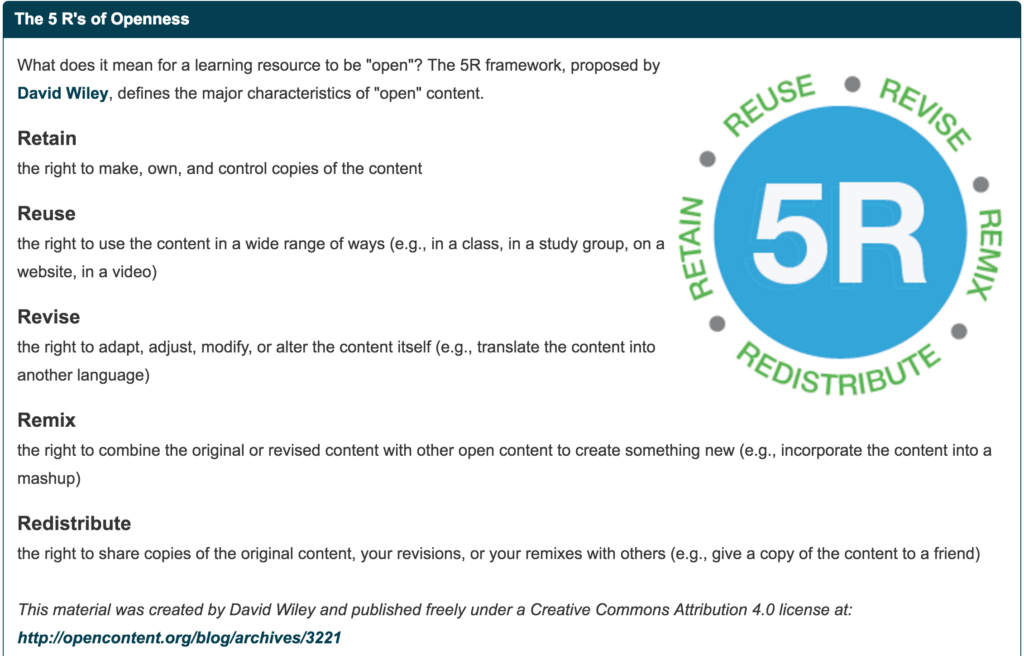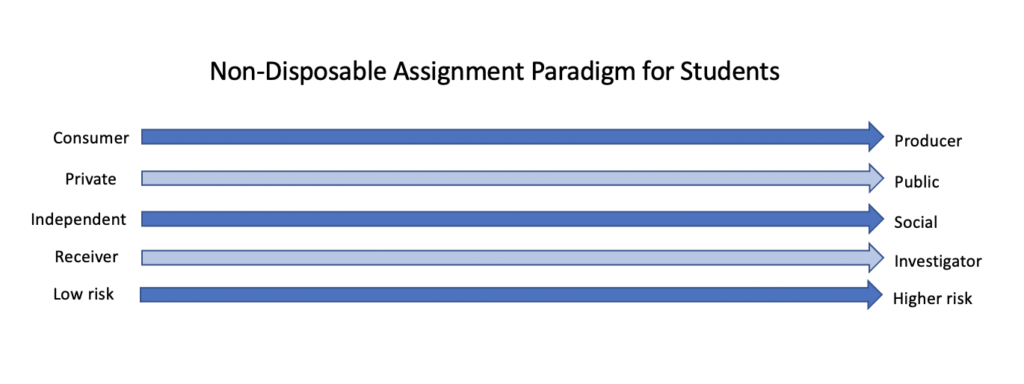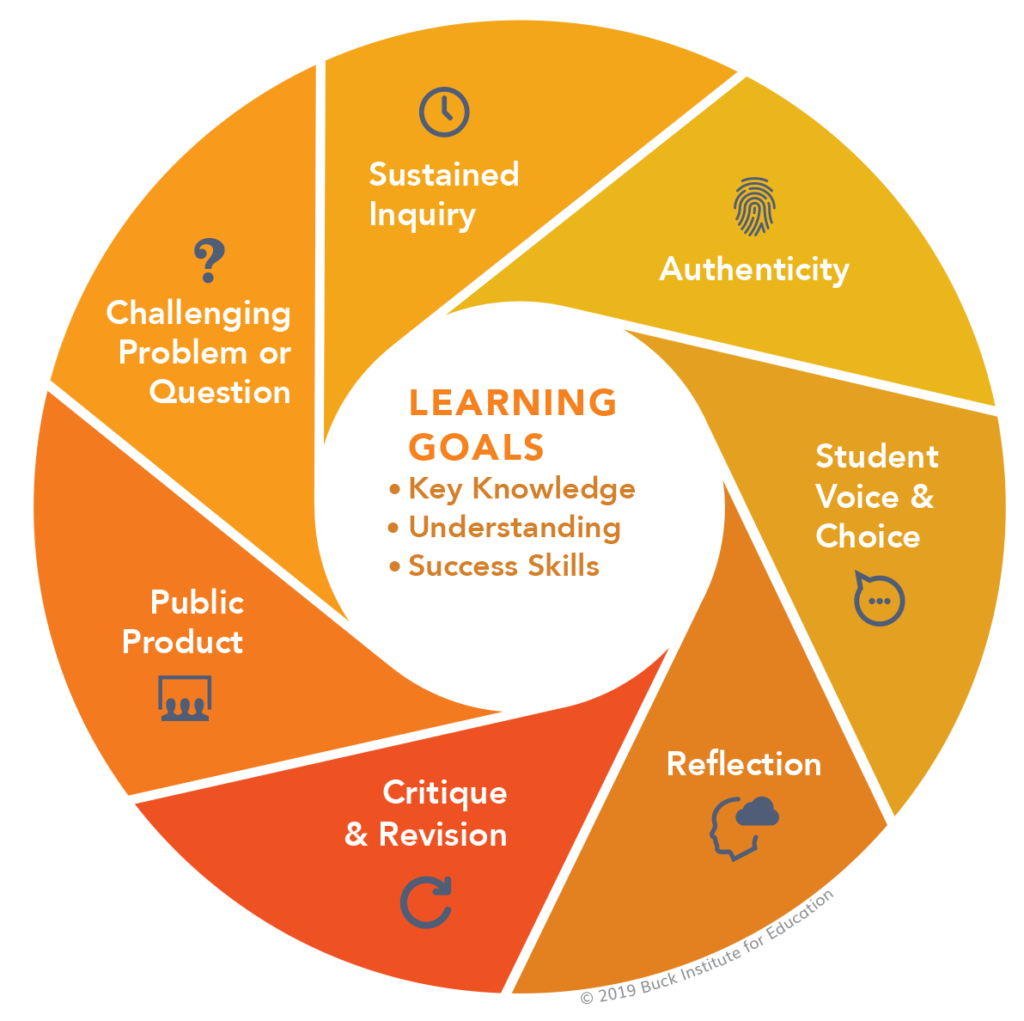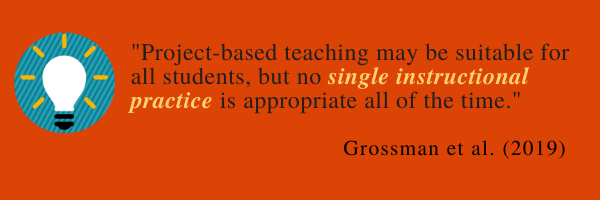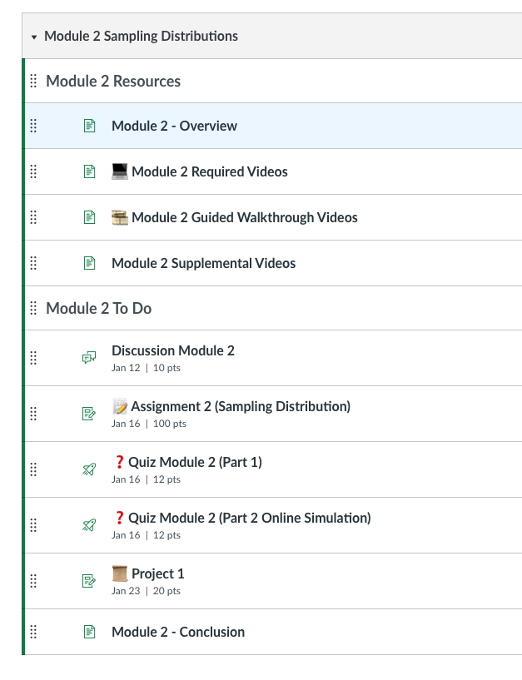
This post is the second installment in the series that describe the main characteristics, major benefits, design considerations, and practices and challenges of implementing an ungrading approach. This second blog presents the types of ungrading practices, challenges to implementation, and main takeaways derived from the book chapters and discussion with my colleagues in the Ungrading book club.
Types of Ungrading Practices
To begin, it is important to recap that the underlying concept supporting ungrading is deep, extensive, and formative feedback. This means that instructors are expected to design low-stakes formative assessments and devote substantial time and effort to craft feedback that students can use to revise their work. This section summarizes several contributions the book chapters authors made in regards to pedagogical practices, strategies, tips, and resources to adopt ungrading. Instructors can combine the ungrading practices or use them as stand-alone activities.
Approaches to Assignments
- Portfolios: Students can build their portfolios with different digital tools that allow them to create personal or professional materials that are useful beyond the class (e.g., website, content curation). The critical element in a portfolio assignment is that there needs to be space for critical thinking and metacognitive work that can be shared with others. An additional element can include portfolio conferences. For these conferences, students meet with their instructors to review their course work and make annotations about their learning journey (they can also discuss their final grade).
- Project-based Learning, Problem-based Learning, Inquiry-based Learning: Students work on activities that relate to their own experiences, real-life applications, and ill-structured scenarios. These activities encourage students to work with others, find solutions, investigate deeper, and apply concepts studied in the course to realistic situations.
- Staged Assignments: Students work on reviewing/redoing assignments to allow them to learn from the feedback they received from their peers and/or instructor.
- Minimal Grading: Use of a holistic or simplified grading schema (e.g., pass/fail, strong/satisfactory/weak).
Student Participation
- Contract Grading: Students can be graded over the labor completed. Students are responsible for reviewing their workload in the class and determining how they will accomplish it. Students will be in a process of understanding why grades matter to them and that the grade they give themselves will be attached to the amount of work they complete. Students sign a contract that clearly specifies the assignments and student responsibilities to achieve an A-C letter grade in the course. This grading system can allow students to negotiate their contracts with instructors.
- Process Letters: An activity where students describe their learning process and how they evolve in their work in the class. This can be multimodal (e.g., presentations, reflections that combine audio, video, and text) and/or accompany major assignments.
- Student-made Rubrics: Students can develop their own rubrics, which can become a learning activity in itself.
- Participatory Voices: Students can contribute to course content by creating content, adding items to the syllabus, selecting the type/format of feedback they want to receive, evaluating peers, and developing an intellectual voice. Through self-evaluation and peer evaluation, students can reflect on their learning, understand the process of evaluating others, and focus on excellence and building confidence. Students are given a set of guiding questions to engage in self-and peer evaluation. At the end of the project or term, they recommend a grade for themselves and their peers.
- Declaration Quiz: A quiz that asks students to select a checklist of the assignment requirements that they have completed. This can be a low-stakes assignment that helps students reflect on how they accomplished the task. Instructors can create declaration quizzes for each assignment and associate the number of points to the letter-based system.
Interaction
- Peer Assessment: When students work in groups, they can evaluate each other. Students can write about their contributions to the group projects as well as their experiences with the team. This can give instructors a view of the team dynamics and activities that are not usually visible.
- Grade-Free Zones: This involves reviewing major assignments and/or providing a sandbox space for students to experiment before they engage in completing formal assignments. Students can submit early assignments or portions of them for peer comments or the instructor’s early feedback.
Mastery Orientation
- Mastery Learning Artifacts: Students collect learning artifacts that they have developed to demonstrate their mastery of the learning concepts based on the exemplary work and expectations provided by the instructor. Students submit these artifacts at the end of the term. In addition, students describe the areas of growth based on the instructor’s feedback (e.g., revisions).
- Single-point Rubrics: This type of rubric includes criteria and fixed binary points (done = 1; not done =0). Comments can be added to either point to note the improvements to be made (in case it is not done) and to highlight the aspects that go beyond expectations. A benefit of this type of rubric is that it encourages mastery of content and keeps students’ focus away from the grade itself.
- Feedback Logs: Students collect feedback and identify the areas in which they received more feedback, work out strategies to improve those areas, and reflect on the ways they are learning.
- Feedback and Revisions: Students work on a series of drafts, and the instructor provides comments that students are expected to incorporate in the next revised draft. A grade can be added to the final draft.
- Self-Assessment: Consider metacognitive activities that engage students in their own evaluation of learning and in dialogue with the instructor. Encourage students to develop their own standards and self-scrutiny practices.
- Student Individual Plan: Students articulate goals and values for themselves about a class or a project. The instructor can help students by providing reflection guidelines and templates for developing their own goals.
Challenges to Implementation
While ungrading encourages a shift from a focus on grades to a focus on feedback and metacognitive activities for student learning and success, its implementation is not without challenges. The challenges range from local critiques to structural and how-tos.
- One of the biggest challenges is the misunderstanding of what ungrading involves –an active activity that engages students and instructors with grades as a system, which is different from not grading. Without having a clear understanding of the concept itself, the rationale behind it, and how it will benefit students more than a grade-based system, using alternative means for grading may jeopardize the student learning experience.
- A second challenge is the structural system of grades that prioritizes performance over learning. If the focus continues to be on how students perform in a class rather than on their learning, Kohn and Stommel argue that using an ungrading system that gets rid of grades will not be sufficient to push toward a system that creates learning spaces for critical thinking, reflection, and metacognition.
- A third challenge involves the redefinition of the curriculum, innovative pedagogy, and how to assess learning. If the idea of content coverage and memorization of facts prevails, learning is treated more as information transfer –from the instructor or textbook to the students. In this transfer, students may not necessarily own their learning. Along with this is the way assessments are designed to emphasize judgment of students’ performance. If the teaching method does not allow room for real learning, ungrading will not make a difference. Thus, the convergence of changes to the curriculum, pedagogy, and assessment methods is of utmost importance.
- A fourth challenge is more systemic and structural. Kohn argues that control, in many educational cases, prevents students’ choice and voice in their learning journeys. If ungrading is to have a way in educational contexts, instructors, and even administrators, will be invited to relinquish some of the control they exert over students’ performance to welcome students’ decisions related to their learning needs and interests.
- A fifth challenge is a deep and widespread belief that grades reflect learning and action. There is a great concern that if grades are to be eliminated, students will not complete their assignments, need to do more work, or even skip classes. Also, instructors will have to “grade” more and be overburdened.
- A final challenge is the over-reliance on rubrics that, according to Khon (foreword, p.xvii), is a system for “judging students…They offer umpteen different axes along which to make students think about their performance— often at the cost of becoming less immersed in what they’re doing.” It is not that ungrading does not provide guidance but it is important to avoid overcontrol evaluation practices. Instructors will need to analyze when and how rubrics help students focus on the learning process (and not solely on the points they get).
Takeaways
The book offered clear rationales, experiences, and strategies that instructors could consider if they feel they want to move away from the grade-focused system. In addition, as a designer, I have a better understanding and collection of resources to use during my consultations with faculty who might be looking into authentic and alternative means for assessment and grading.
Ungrading requires a reconceptualization of the curriculum, pedagogical, and assessment practices. If an alternative means of assessing student learning is to be implemented, the content, activities, and assignments need to open opportunities for students to engage in their own process of learning, reflection, and feedback. If we don’t level the playing field for students, no grading (or ungrading) system would be worth trying.
Grades are considered to be problematic because they contribute to widening the educational equity gaps. Ungrading, as a student-centered approach, can help mitigate some of the inequalities that students experience for access to successful learning. Since not all students come with the same knowledge and skills, ungrading, as a system that personalizes learning and assessments, will orient each student to focus on the feedback that they need.
Ungrading does not mean that instructors do not grade or that students have a free pass. Ungrading requires a deeper understanding of what learning means and how to design learning activities and contexts in which it can be evidenced. There is no universal magic approach to do it. If you are seriously considering moving to ungrading practices, start small, one step at a time.
Have you ventured into ungrading? If so, how did it go? What works and what does not? If not, what are your thoughts about ungrading? I’d like to invite you to share comments or experiences.
References
Blum, S. D. (2020). Ungrading: Why Rating Students Undermines Learning (and What to Do Instead). West Virginia University Press.
Stommel, J. (June 3, 2022). The word “ungrading. [Twitter post]. https://twitter.com/Jessifer/status/1532921663980986369
Warner, J. (January 4, 2016). I Have Seen the Glories of the Grading Contract…and I’m not going back. Inside Higher Ed. [Blog post]. https://www.insidehighered.com/blogs/just-visiting/i-have-seen-glories-grading-contract

